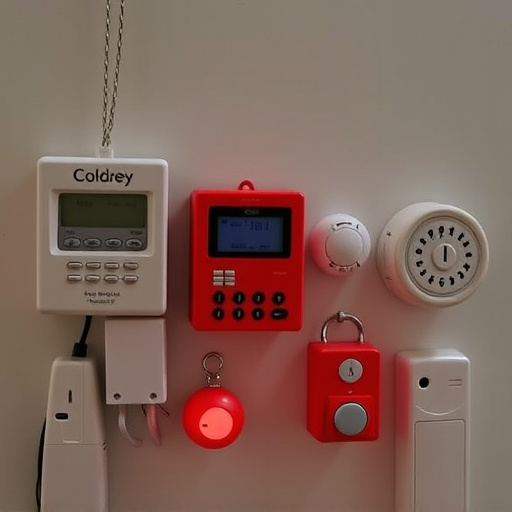Personal distress signals, including vocal cries and physical gestures, are crucial for immediate assistance in emergencies. Devices like Personal Alarms with Remote Activation (PAWRA), integrating GPS tracking and smartphone apps, enhance safety for solo travelers and people in remote areas by discreetly alerting pre-authorized contacts. While technology offers significant benefits, ethical considerations such as encryption, transparent data policies, and user control are vital to protect privacy.
Personal distress signals, now more than ever, are crucial tools for ensuring safety in an unpredictable world. With modern technology at our fingertips, integrating a personal alarm with remote activation offers unprecedented peace of mind. This article explores the significance of understanding personal distress signals and delves into innovative solutions like a trackable personal alarm. We’ll navigate ethical considerations, highlighting best practices to ensure safety while maintaining privacy, all while focusing on the transformative power of a personal alarm with remote activation.
- Understanding Personal Distress Signals: When and Why They Matter
- Integrating Technology: The Concept of a Personal Alarm with Remote Activation
- Ensuring Safety and Privacy: Ethical Considerations and Best Practices
Understanding Personal Distress Signals: When and Why They Matter
Personal distress signals are crucial indicators of an individual’s well-being and safety, especially in situations where immediate help is needed. These signals can take various forms, such as a specific vocal cry for assistance or distinct physical gestures, designed to attract attention and invoke a swift response. Understanding and recognizing these distress signals is vital for several reasons.
In emergency scenarios, a personal alarm with remote activation can be life-saving. When someone experiences an unexpected accident, falls, or finds themselves in harm’s way, the ability to trigger a signal that alerts nearby individuals or emergency services can make all the difference. This technology empowers people to communicate their distress promptly, ensuring faster response times and potentially preventing severe outcomes. By educating oneself and others on personal distress signals, we can foster a culture of awareness and preparedness, ultimately enhancing individual safety and security.
Integrating Technology: The Concept of a Personal Alarm with Remote Activation
In today’s digital era, the concept of a personal alarm with remote activation is revolutionizing how we perceive and respond to personal distress signals. By integrating technology into safety mechanisms, individuals can now carry a device that not only alerts nearby people in case of emergency but also allows loved ones or emergency services to intervene remotely. This innovative approach leverages smartphone applications and GPS tracking to send instant alerts, providing a powerful tool for enhancing personal security.
A personal alarm with remote activation works by allowing users to set off a discreet alert from their smartphone or dedicated device. Authorized contacts can then receive notifications on their own devices, enabling them to quickly assess the situation and take appropriate action. This technology is especially beneficial for individuals who travel alone, have specific medical conditions, or live in remote areas where immediate assistance might be delayed.
Ensuring Safety and Privacy: Ethical Considerations and Best Practices
In the pursuit of enhancing personal safety, leveraging technology to create a personal alarm with remote activation offers a promising solution for distress signals. However, alongside its benefits, this innovative approach necessitates a thoughtful consideration of ethical boundaries and privacy safeguards. The very essence of such devices lies in their ability to discreetly summon aid, but developers and users must ensure these tools do not infringe upon an individual’s right to privacy under any circumstances.
Best practices involve implementing robust encryption protocols for all data transmission, ensuring only authorized personnel can access personal information. Transparent policies outlining data usage and storage are crucial, empowering users to make informed choices. Additionally, incorporating user control mechanisms, such as the ability to activate or deactivate tracking features at will, fosters a sense of empowerment and autonomy. Ethical deployment of personal alarm with remote activation devices requires a delicate balance between promoting safety and upholding individual privacy rights.
Personal distress signals, especially those integrated with technology like a personal alarm with remote activation, can significantly enhance individual safety. By understanding the importance of these signals and addressing ethical considerations, we can harness their potential to protect and support individuals in need. This innovative approach, when implemented with best practices, promises to revolutionize personal safety, ensuring peace of mind for folks facing distressing situations.
